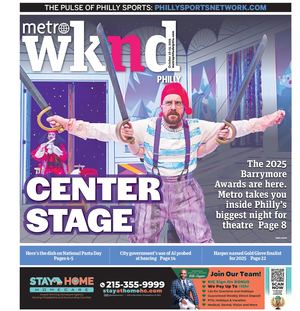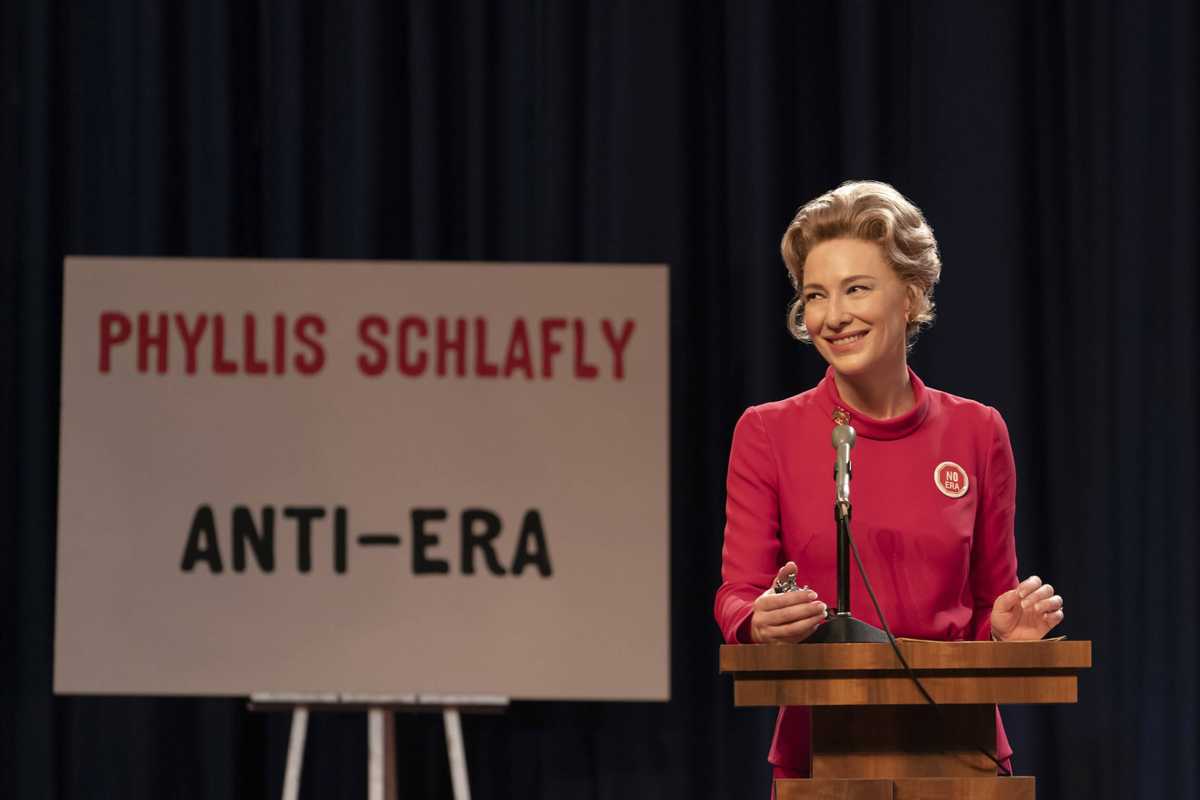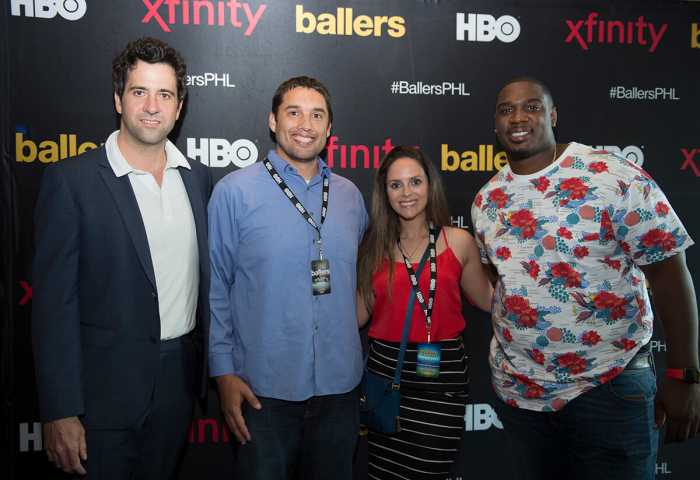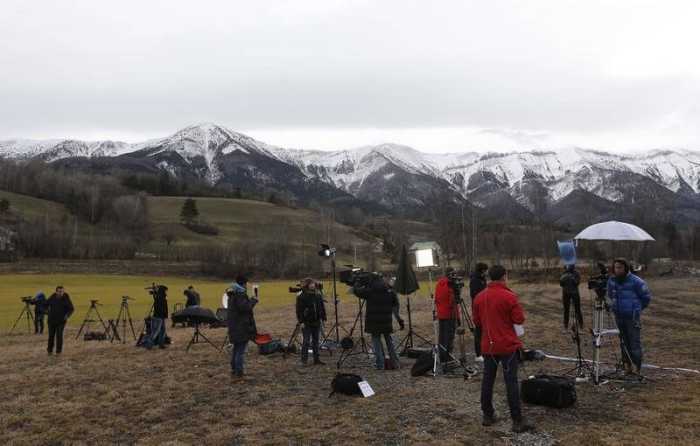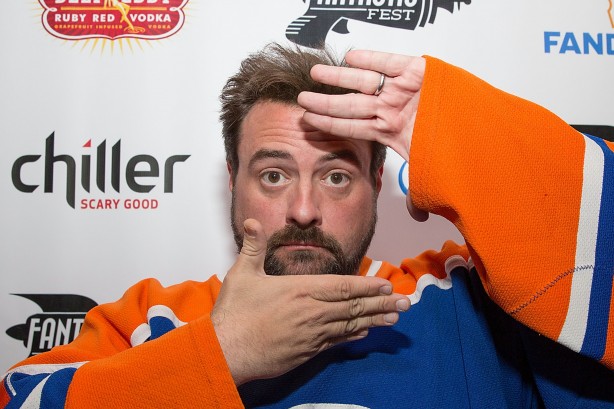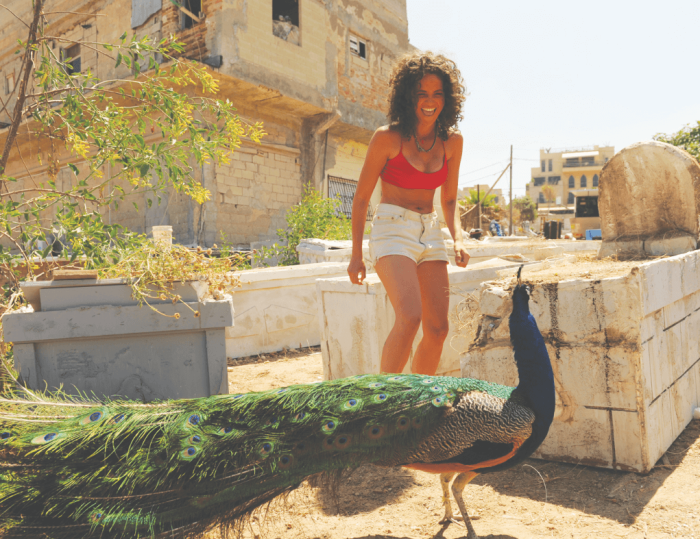By Luz Lancheros
It is often believed that the ‘70s are about pure jeans, liberated looks, glam, disco, punk rage and absolute and complete liberation of society. But there was that “silent majority” (as Richard Nixon called it), among which the so-called American Way of Life still reigned, with its conservative values, and had a voice that furiously confronted, with its A-line outfits, pastel colors, perfect hairstyles and gardens, that youth that had been fighting for a change since the ‘60s.
It found its voice in the intelligent ultra-conservative leader Phyllis Schlafly, the “black beast” of the feminists who fought for the Equal Rights Amendment (ERA) and who sabotaged that silent majority, especially women, not only politically but symbolically. And that battle is what the series Mrs. America, broadcast on FOX Premium, shows, with the iconic feminist Gloria Steinem, followed by Betty Friedan (another of the great names of second-wave feminism) and Shirley Chisholm as opponents of Schlafly, played by Cate Blanchett.
Those nuances were carefully and rigorously constructed by Bina Daigeler, who talked to Metro on how fashion, especially at that time and in that context, became a powerful toon in this political struggle.
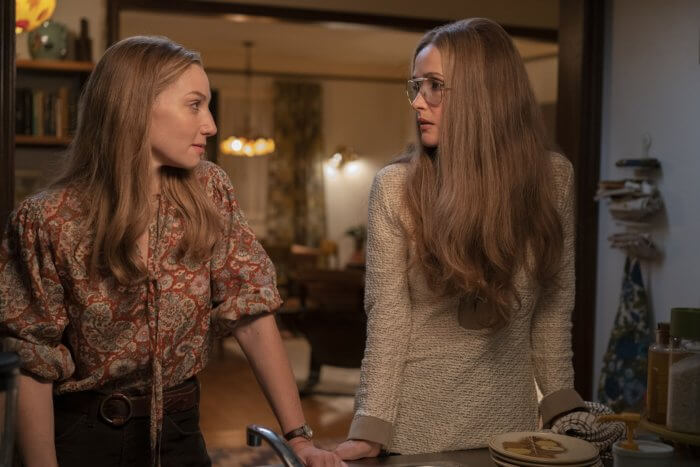
Tell about the process of creating the costumes of these historical figures.
What is impressive about Mrs. America is that we tried to reflect a very important moment in history in which iconic women have fought for equal rights. For me, it was fundamental to know everything about them. And since this started in the ‘60s and ‘70s there was already a lot of photographic material and documentaries. I think costume design, unlike fashion design, focuses on the creation of the character, its essence and psychology. So, when you work with such well-known personalities it is important to capture their essence. And above all, to understand and do it with respect, because I think it’s incredible how they have fought and had a purpose And in the series you see the path they took to fight for equal rights.
Although in the ‘70s there is experimentation and liberation, we also see the conservatives led by Phyllis with a clear aesthetic. What was it like to delimit those two worlds?
What I’ve heard from people who’ve seen the series is that they liked the contrast that I’ve drawn between the anti-feminists and the liberals. In the first four, five episodes, the anti-feminists are dressed in pastel colors. I’ve avoided having them wear pants, but many A-line skirts, small heels, blouses. You even see the influence of the ‘60s with a quintessential American housewife. Perfect in everything, without attracting attention, always complacent. I wore feminists, on the other hand, in wide boot pants, jeans, corduroy, strong colors and more textures. By the ‘80s, everything is already mixed up a bit, because the two sides have very different people. The American housewife’s style becomes diluted and the characters also change, as well as their style.
What could best define these two opposing aesthetics?
I think the liberal side wears jeans. And conservative – skirts. In general, it was a line with which I made the separation. It is the most defined, but there are subtleties that in my opinion look very good. For example, in episode six, Phyllis irons as well as Jill Ruckelshaus (Republican for equal rights played by Elizabeth Banks). When you watch them from above they are almost the same, but Jill has a more fun style and has different bags. You see their different worlds and this is complemented when Jill wears a pantsuit and Phyllis’ a skirt. I love these subtle and wonderful nuances.
Gloria Steinem (Rose Byrne) is an icon of style. What was it like to build her most iconic garments?
All the costumes, jeans, T-shirts, etc, were custom made for each actress. Most of the things were made in a sewing workshop. And I had a workshop to make belts, shoes, etc. All clothes from the 70’s but made to measure to fit perfectly and with Gloria it was incredible because jeans fit her perfectly. Besides, Rose is like that too. You put a T-shirt and a belt on her and she looks spectacular. Everything looks perfect and effortless.
And then, of course, I’ve had and bought lots of vintage haute couture clothes, to give more richness to the wardrobe. And also, for people in the background, we have had a stock of almost four thousand garments to dress them.
What part did the actors play in the construction of the character’s wardrobe?
Of course, good costume design means you have to respect the personality of an actor. And above all, when you work with such professionals. But with my proposal, they have been able to find their way through costume tests that help them find their style and give more richness to the character. The first meeting took two hours and was about testing, talking and defining who the character is. I started with an iconic look from a photograph, which we copied as it is. That’s the basis. Once we found this, we asked ourselves who they were when they were not in public life and that has helped to complement the performance and It has been a very important way for the actresses to find themselves in their characters.
